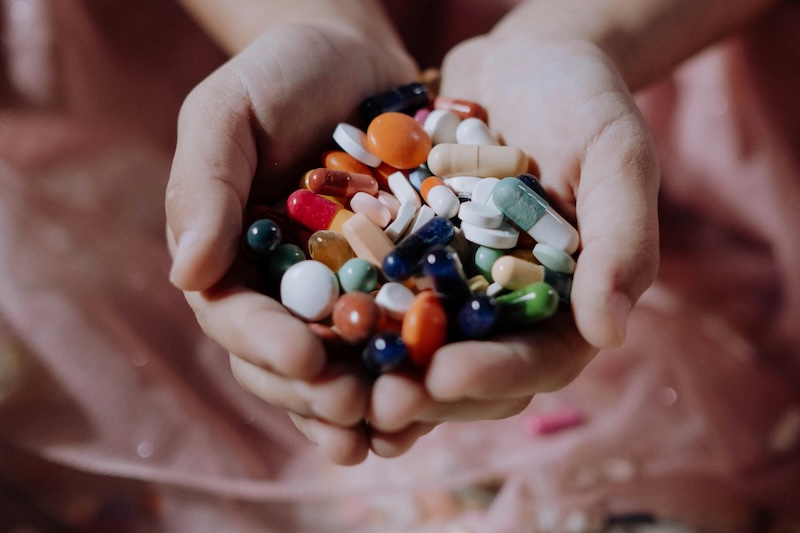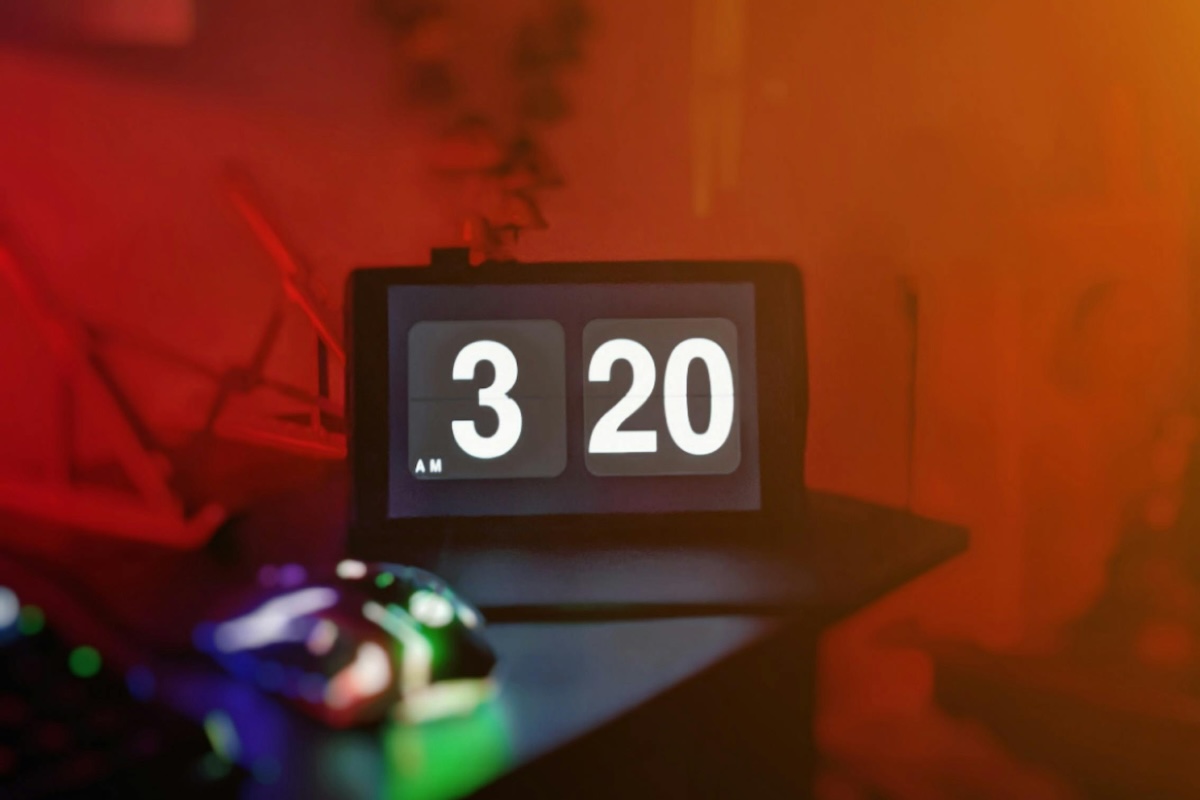Recently I met a new patient. As I always do, during the course of our conversation I asked her about her periods and symptoms of menopause. She told me she was having a lot of night sweats and her sleep was poor. Her friend had introduced her to black cohosh. My patient was taking it, but she wasn’t sure if it was helping. She was confused about how much she should be taking.
Americans love supplements. In 2022 we spent $35 billion on dietary supplements. It doesn’t surprise me that my patients want to know which supplements are worth spending all that money on and which are not.

I often talk to patients about whether supplements are effective in managing perimenopausal symptoms. When the Women’s Health Initiative study was published in 2002, women threw out their hormone replacement therapy en masse. They were fearful that HRT was unsafe — fears that we now know are unfounded.
This left millions of perimenopausal women searching for alternatives to treat their symptoms. They largely turned to plant-based supplements purported to manage hot flushes and night sweats, collectively known as vasomotor symptoms, without the risk that was suddenly associated with estrogen.
But studying supplements is incredibly difficult in ways that may significantly affect both the data available and whether we can apply that data to the products we buy online and at vitamin stores. Before we dive into the data, it is important to understand the challenges inherent in studying supplements.
Why are supplements hard to study?
My pharmacology professor in medical school was fascinated by plants that could be used as medicines. He told us about a study he was trying to do on Chinese herbs. It should be simple enough, he said: recruit people with a specific problem and randomize them to receive the medicinal plant or a placebo and measure the effects.
But he kept hitting roadblocks. Often plant-based supplements contain dozens of different chemical compounds. Sometimes we know which chemical is having an effect, and other times it is difficult to pinpoint which one is causing the desired effect.
Add to that, herbal and other supplements are not controlled by the FDA as medications but as foods. This means they do not undergo the same detailed quality-control measures. As a result, different batches of a supplement may contain different amounts of the active ingredient, and you may not know which ingredient is the active one. Interestingly, my professor found that sometimes his placebo also contained some of the active ingredient. This can make it very difficult to know if the effect you are seeing is due to the supplement at all.
My professor could measure how much of a supplement was in each batch he used in his study, but not all researchers have the funding, equipment, and expertise to do this. And most of us cannot know for certain that the supplement we buy at the vitamin store has in it what the bottle says it does.
Ultimately, because of the way they are regulated, the variability among plant-based supplements makes it difficult to draw strong conclusions from the data. It also makes it difficult to know if we can apply that data to the supplements available to us in stores.
What do most plant-based supplements for perimenopausal symptoms have in common?
Most plant-based supplements studied for treating perimenopausal symptoms contain phytoestrogens. Phytoestrogens, compounds that naturally occur in many plants, have estrogen-like effects in the body. Isoflavones are one class of phytoestrogens that seem to have effects in our bodies. Plant-based supplements that contain isoflavones include black cohosh, soy, and red clover.
Black cohosh
Black cohosh is an herb traditionally used by Native Americans to treat irregular periods. The part of the plant that is used contains a number of chemical compounds, and scientists are not quite sure which compound might be active in treating perimenopausal symptoms, but the best theories suggest that isoflavones are key.
In a 2012 Cochrane review of black cohosh for the treatment of perimenopausal symptoms, data from 16 studies including more than 2,000 women were analyzed. The authors found no difference in the frequency of hot flushes between black cohosh and placebo. Black cohosh was significantly less effective in reducing the frequency of hot flushes when compared with HRT. They concluded that there was insufficient data to determine whether black cohosh is safe, although in most of the studies, side effects and adverse events were rare in all groups.
Soy
Soy and soy products have been touted as an alternative to estrogen for the relief of perimenopausal symptoms. A review of soy isoflavones notes that at doses of 45 to 60 milligrams daily, soy isoflavones reduce vasomotor symptoms compared with placebo but that HRT is superior to soy in reducing vasomotor symptoms. The authors also found that soy may improve mood symptoms and bone density. Again there were very few side effects and adverse events in the data reviewed to draw definitive conclusions from about the safety of soy isoflavones.
Red clover
Red clover is a flowering plant that has long been used in traditional Indian (Ayurvedic) medicine as an anti-inflammatory. It has also been studied for its impact on perimenopausal symptoms. Like black cohosh and soy, red clover contains isoflavones. A meta-analysis of six randomized controlled trials including 445 women of red clover for menopausal symptoms found that participants taking red clover had fewer hot flushes and night sweats than those taking placebo. The researchers did not find that red clover improved sleep quality compared with placebo. One trial included in the analysis showed a decrease in vaginal wall changes with red clover compared with placebo.
Wild yam
Wild yam is a tuberous vine used in traditional Native American medicine. Chemical compounds found in the plant have long been believed to decrease inflammation and act as a blood thinner. Wild yam contains a phytoestrogen called diosgenin that can be converted to progesterone.
A review of herbal remedies for the treatment of menopause symptoms found that in the randomized controlled trials that exist, wild yam does not decrease menopausal symptoms compared with placebo, though it may protect against osteoporosis.
A word on safety
Just as there were concerns about the safety of estrogen for women in the past (we now think estrogen is safe for most women), there have been concerns about the safety of phytoestrogens. All of the reviews and meta-analyses included above discuss whether the studied supplements are safe. In most cases, the studies included were short and there were very few adverse events, making it difficult to draw any conclusions, good or bad, about the safety of isoflavones.
The bottom line
- Phytoestrogens have been studied as an alternative to estrogen for the treatment of perimenopausal symptoms.
- Studying plant-based supplements effectively is difficult both because supplements do not undergo the same quality controls as medications and because we don’t always know which chemicals in the plant are responsible for their potential effects.
- Studies suggest that soy isoflavones may reduce the frequency of hot flushes and night sweats compared with placebo, but they are not as effective as HRT.














Log in